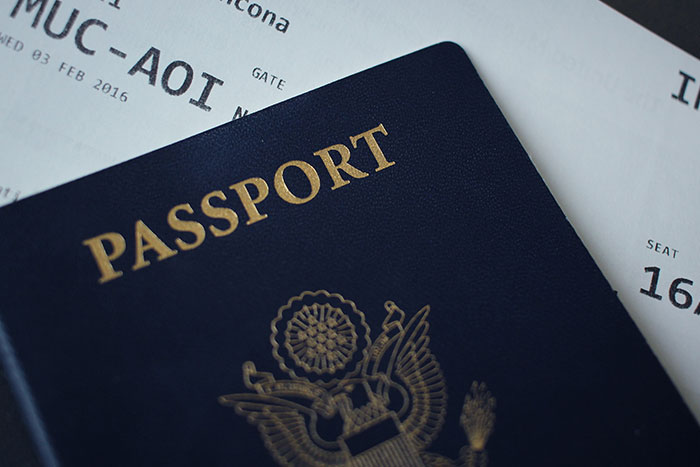Immigration, Refugees and Citizenship Canada (IRCC) operates visa processing offices worldwide, each responsible for a specific region and serving nationals of many countries. The goal is to expedite processing times, but disparities often occur in how long it takes to process a visa at different office locations.
Service Standards and Processing Times
IRCC sets service standards, which are goals for the time it should take to process an application. These standards vary depending on the type of application. For instance, all Express Entry applications received after July 2022 have a service standard of six months, while temporary resident visas have a service standard between 60-120 days. However, the actual processing time can differ from these standards, leading to a backlog of applications not processed within the service standard for their program.
Reasons for Differences Between Processing Offices
IRCC states that visa offices face different operating challenges depending on their location. Applications may be moved between offices to ensure efficient processing. Processing times can increase if an application is unclear or incomplete, requiring additional information from the applicant, or if it is difficult to verify an applicant’s information, which can vary by region.
Resource Allocation and Regional Disparities
Resource allocation significantly affects regional disparities. Only 2% of IRCC’s workforce is located internationally, while over 55% are at IRCC’s national headquarters in Ottawa. This means that capacity in international visa processing offices is limited compared to those in Canada. To address this, IRCC has opened new visa processing centers in the Philippines and Islamabad, Pakistan.
Impact of Recent Strike on Processing Times
The recent strike by the Public Service Alliance of Canada caused over 155,000 federal government employees to take strike action, leading to delays in processing both new and in-progress applications. Immigration Minister Sean Fraser estimates that 100,000 applications were not processed during the strike that would have been under normal circumstances. However, he expects that it will not take more than a few months to get back on track to pre-pandemic service standards.
In conclusion, various factors contribute to the differences in Canadian immigration visa processing times. These include the type of application, the location of the processing office, resource allocation, and unforeseen circumstances such as strikes. Understanding these factors can help applicants better manage their expectations and plan their immigration journey.






